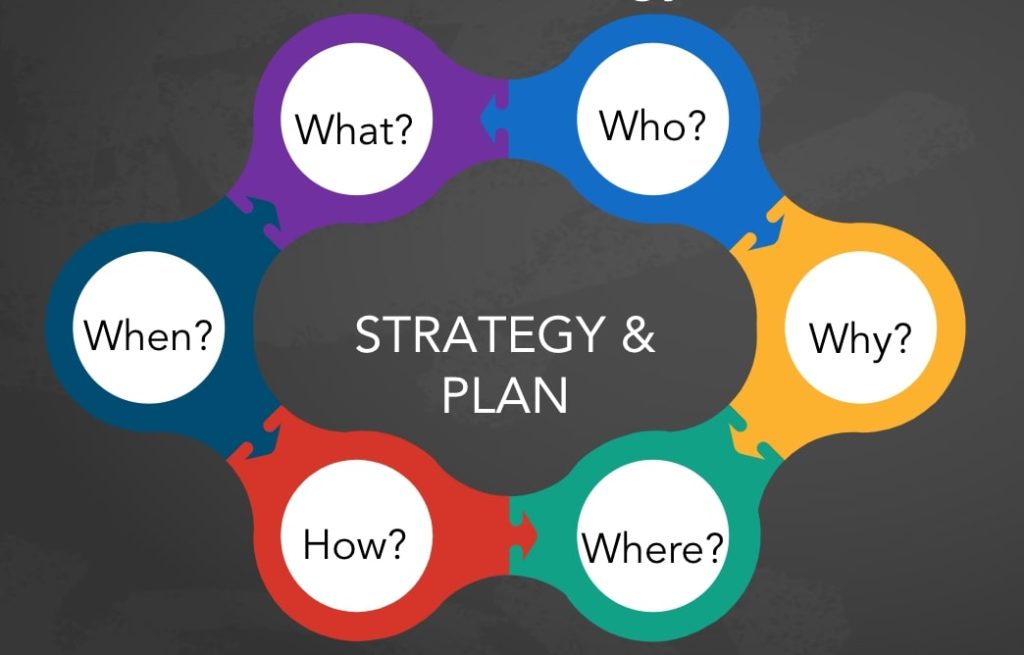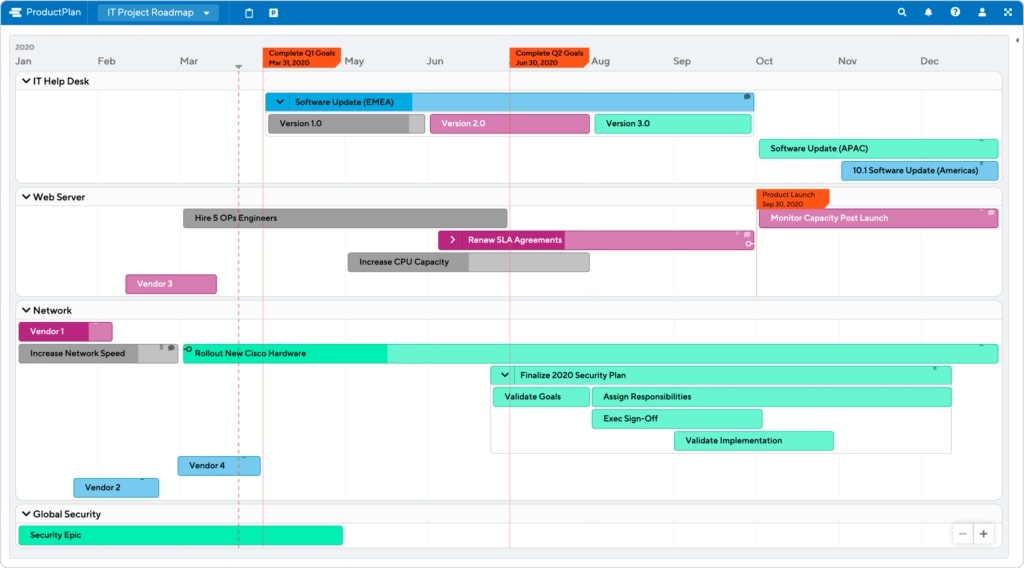Have you ever wondered how a big league software product like Rosetta Stone is scaling their agile approach?
Then you’ve come to the right place.
In this article, we take a look at how Rosetta Stone Agile Project Management streamlines its techniques to create a top interactive language learning tool on the market.
Effective Language Programs with Multiple Teams
Composed of 15 teams over eight locations around the world, Rosetta Stone’s product managers needed a solution for their engineering teams to communicate progress with accuracy and efficiency.
Effective language programs require teams to utilize a high level of collaboration. This helps keep projects moving forward at the same velocity.
Eric Hilfer, Former Vice President of Software Engineering at Rosetta Stone, said of scaled agile development: “it allows us to coordinate team activity, manage resources, get true alignment with the business, and respond to change in real-time”.
So how do they do it? Let’s dive right in.
Categorize Success Through Scaled Agile Development
Engineering teams at Rosetta Stone take three steps to ensure the success of their interactive software product.
Step 1: Conceptualization
Crucial to any type of agile planning, conceptualization helps Rosetta Stone’s software engineering teams pitch, compare and contrast ideas. These ideas correspond to either product features or new products.

This is an important first step as it supports a culture of innovative thinking whereby all team members feel a part of the creative process.
It’s also an opportunity for team members to make an impact in their company and feel like their thoughts and opinions are valued. At Rosetta Stone, the way it works is that each team presents its vision to the entire group.
That’s around 80 people across 15 teams from 8 locations.
All of their presentations include:
- An accurate view of the business
- The grand-scale vision
- Strategic goals
- Priority milestones to reach in the upcoming quarter
Step 2: Roadmap & Planning
Once they’ve reached a consensus on the best ideas for product development, Rosetta Stone’s teams then move on to road mapping and planning.
This is where the teams come up with the scope of the project and set estimated timelines for product delivery in the form of a roadmap.

Credits: Product Plan
It also sets the stage for them to set KPIs and milestones that make it easier to gauge progress and measure success.
Key stakeholders and senior leadership review these plans, making sure to point out any resource limitations or dependency obstacles that get in the way of success.
Rosetta Stone’s agile teams create a description to prioritize, sequence, and estimate 5 sprints. Next, they identify, discuss and document dependencies and risks to manage initiatives. Lastly, the teams draft their plans one sprint at a time and organize backlog items in sprints until they reach capacity.
Step 3: Collaboration, Delivery, and Feedback
Now, let’s move on to the third and final step: collaboration, delivery, and feedback.
Here, groups collaborate outside of the team to give and receive feedback.
Teams meet one final time to make last-minute changes. Each product owner goes on to share highlights from their team based on their progress throughout the design and development cycles, including final increment objectives, stretch goals, the sequence of stories in each sprint, and the potential risks and dependencies.
The last step is to hold a confidence vote to gauge the prospects of each finalized plan.
Scaling Agile at Rosetta Stone: Key Takeaways
Delivering various projects to senior leadership, monitoring products, and keeping stakeholders informed are challenging for any company.
That’s where scaled agile comes into play: the solution to ensure Rosetta Stone remains the industry leader in global language learning.